A freestanding bathtub is an addition to the bathroom that speaks much beyond its practical usability. It speaks volumes of indulgence, elegance, and relaxation. However, installing and anchoring a freestanding bathtub is a tad complex. Modern, stylish design, or even traditional clawfoot bathtubs, their Stability will determine the visual appearance, basic safety, and durability.
This article is for you, whether you wish to set one up in your bathroom or have already completed the installation and seek some advice. We will offer a detailed guide to assist you in the installation process of your freestanding bathtub with assurance.
Why Securing Your Freestanding Bathtub is Important
If you're thinking, "Do I need to secure this thing down? It's just sitting on the floor!"-well, yes. Freestanding bathtubs, by their name, would make it sound like they don't need anchoring. Not quite. Here's why it matters:
· Safety: An unsteady freestanding bathtub can shake, creating safety hazards during use.
· Longevity: Properly securing your tub stops unwanted shifting, which may ultimately harm the bathtub's connections or itself.
· Aesthetic: A well-secured bathtub remains stable, maintaining its stylish and graceful look.
Believe us—investing the time to do it properly is worthwhile!
Tools and Materials You'll Need
Before we begin, here's a brief checklist of items needed to stabilize your freestanding bathtub:
l A tape measure
l Drain and water supply connections for freestanding tubs
l Level (a tool you'll ADORE for achieving that ideal equilibrium)
l Sealant silicone or adhesive for construction
l Support brackets/straps (if necessary for your tub model)
l Drilling and fasteners
l Pliers and adjustable spanner
Got everything? Perfect—let's move on to the exciting part!

Step 1: Choose the Right Location
To begin with, finding the perfect location is essential for securing your freestanding bathtub. Whether updating or constructing anew, it's time to envision grand possibilities. Remember these tips while selecting the ideal location:
· Plumbing Accessibility: Position the tub near the current water and drain lines to reduce extra plumbing tasks.
· Space and Balance: Ensure adequate space around the tub for easy movement. Ideally, 4 inches of space should be on every side.
· Visual Appeal: Freestanding bathtubs should be the focal point of your bathroom design, so avoid placing them in a corner.
Pro Tip: After pinpointing the spot, apply painter's tape to mark the tub's outline on the floor. This will help you imagine its location.
Step 2: Prepare the Plumbing Connections
Standalone bathtubs are available with various drain and plumbing setups. Here's how you can get ready for the installation:
· Install the Drain: Attach the drain assembly to the bathtub according to the manufacturer's guidelines. Ensure the link is airtight by utilizing the plumber's tape or sealing compound.
· Align Plumbing Lines: Ensure the drain and water supply lines are correctly placed within the tub's dimensions. You'll desire everything to align perfectly when the tub is set up.
This phase may require expert assistance, particularly if you are dealing with intricate plumbing systems. If it seems too daunting, don't hesitate to contact a licensed plumber!
Step 3: Test Placement and Level
After the plumbing connections are complete, temporarily place the bathtub to verify that everything aligns properly.
· Verify the Level: Position a level over the tub to confirm it's even. A minor angle might appear inconsequential but can cause inadequate drainage and water accumulation on one side.
· Test Fit: Ensure that the plumbing fixtures and floor drain are properly aligned with the tub's connections. Make any required modifications before continuing.
Pro Tip: Use shims to level the bathtub if your bathroom floor is uneven.
Step 4: Secure the Tub in Place
The most crucial part is securing your freestanding bathtub so it does not move an inch. The process slightly differs based on the style and material of your tub. Here are general steps for installing:
· Fasten with Adhesive: Place a small amount of construction adhesive or silicone sealant at the base of the tub where it meets the floor. It will ensure a tight fit to prevent movement of the tub.
· Support Bracket Installation: There is a design for free-standing tubs, as well as the installation of anchoring brackets or straps. The brackets must be anchored in the floor and attached under the edges of the tub.
· Check Stability: Rock the tub softly to ensure stability; if it wobbles, adjust the adhesive or the brackets accordingly.
Pro Tip:Regularly refer to the manufacturer's installation guide, which outlines the recommended method for securing your specific freestanding tub model.
Step 5: Finalize the Plumbing Connections
With your tub securely in place, it's time to connect the plumbing fixtures.
· Attach the Drain: Secure the tub's drain to the floor plumbing and tighten it using a wrench. Let a little water flow through the drain to verify for any leaks.
· Install Faucets (if necessary): Freestanding bathtubs generally use faucets that are either floor-mounted or wall-mounted. Secure these according to the manufacturer's instructions and make sure all joints are watertight.
Remember to test the cold and hot water supply to ensure everything works perfectly.
Step 6: Clean and Finish
Congratulations—your standalone bathtub is installed and firmly in place! The last step is to clean it and tidy up the surrounding area thoroughly.
· Eliminate any surplus adhesive or sealant with a mild cleaning solution.
· Check the bathtub and its connections for any loose components or leaks.
· Incorporate final details such as bath mats, a tub caddy, or greenery to establish the perfect relaxation area.
Helpful Tips for Maintaining Your Freestanding Tub
Ensuring your bathtub is merely the first step. Consistent upkeep guarantees it remains in excellent condition for many years ahead. Here's the way:
· ·Regular Cleaning: Utilize gentle cleaning products to avoid the accumulation of soap scum or stains.
· Inspect for Movement: Regularly verify if the tub appears loose or unstable and reapply adhesive as necessary.
· Check Plumbing: Monitor plumbing joints to identify and repair minor leaks before they escalate into significant issues.
Enjoy the Ultimate Bathing Experience
It's feasible to ensure a freestanding bathtub remains stable. With careful planning and the right equipment, this bathtub will serve as your stunning focal point in the bathroom, a spot to unwind and rejuvenate.
If you are preparing for its installation, proceed with caution at every stage involved. Over time, a securely placed freestanding bathtub provides not only practical benefits but also ensures numerous moments of relaxation and pleasure.

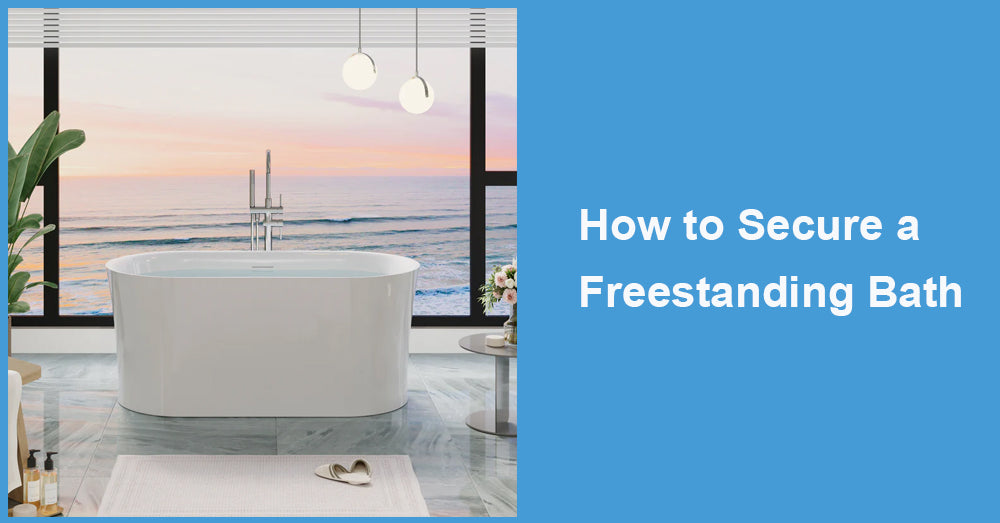
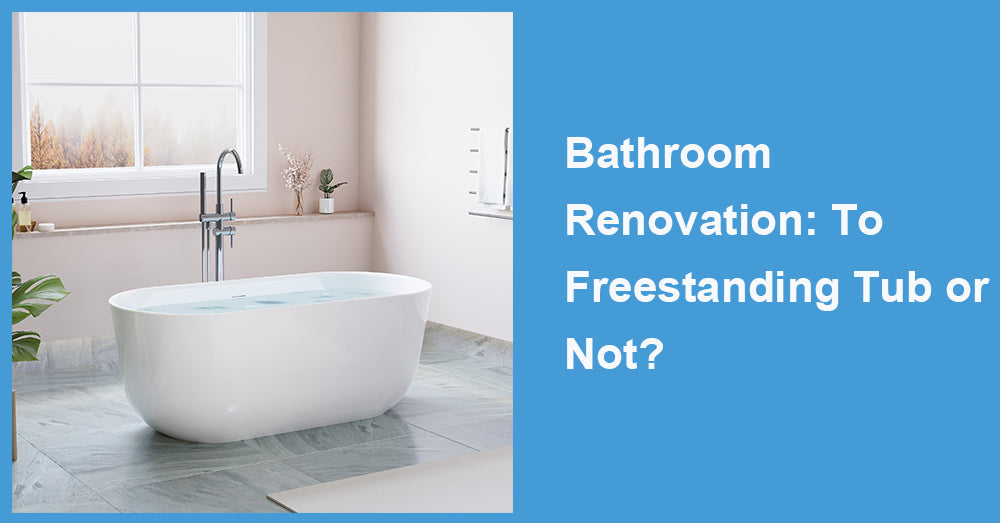
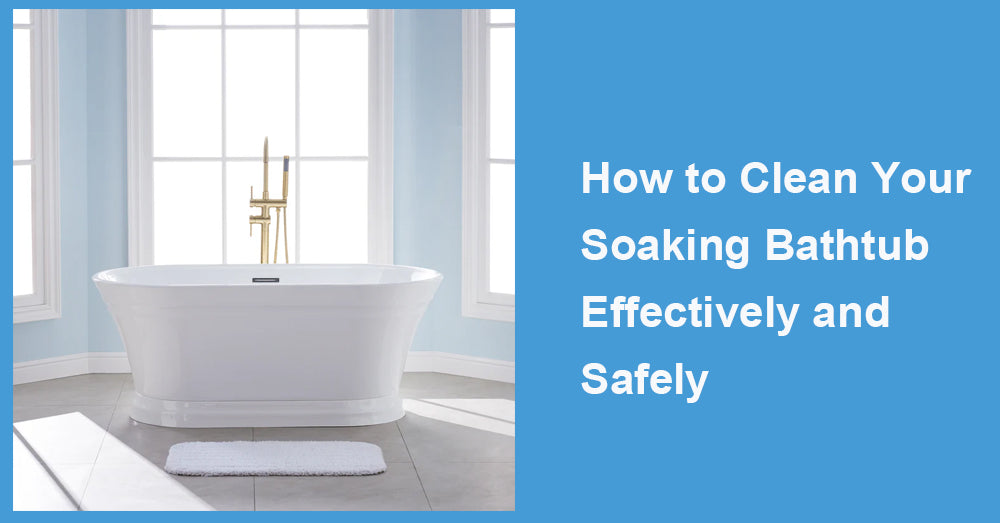
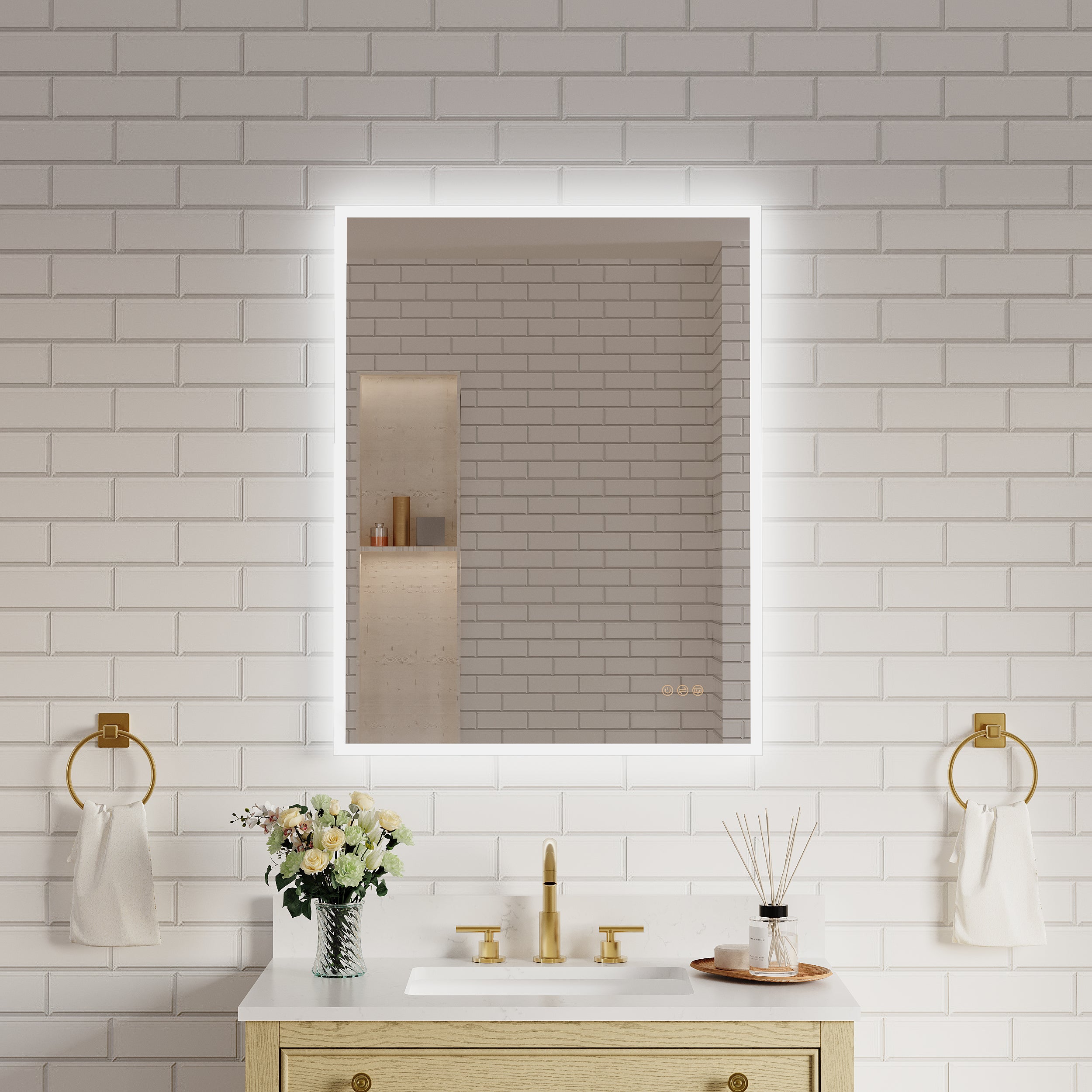

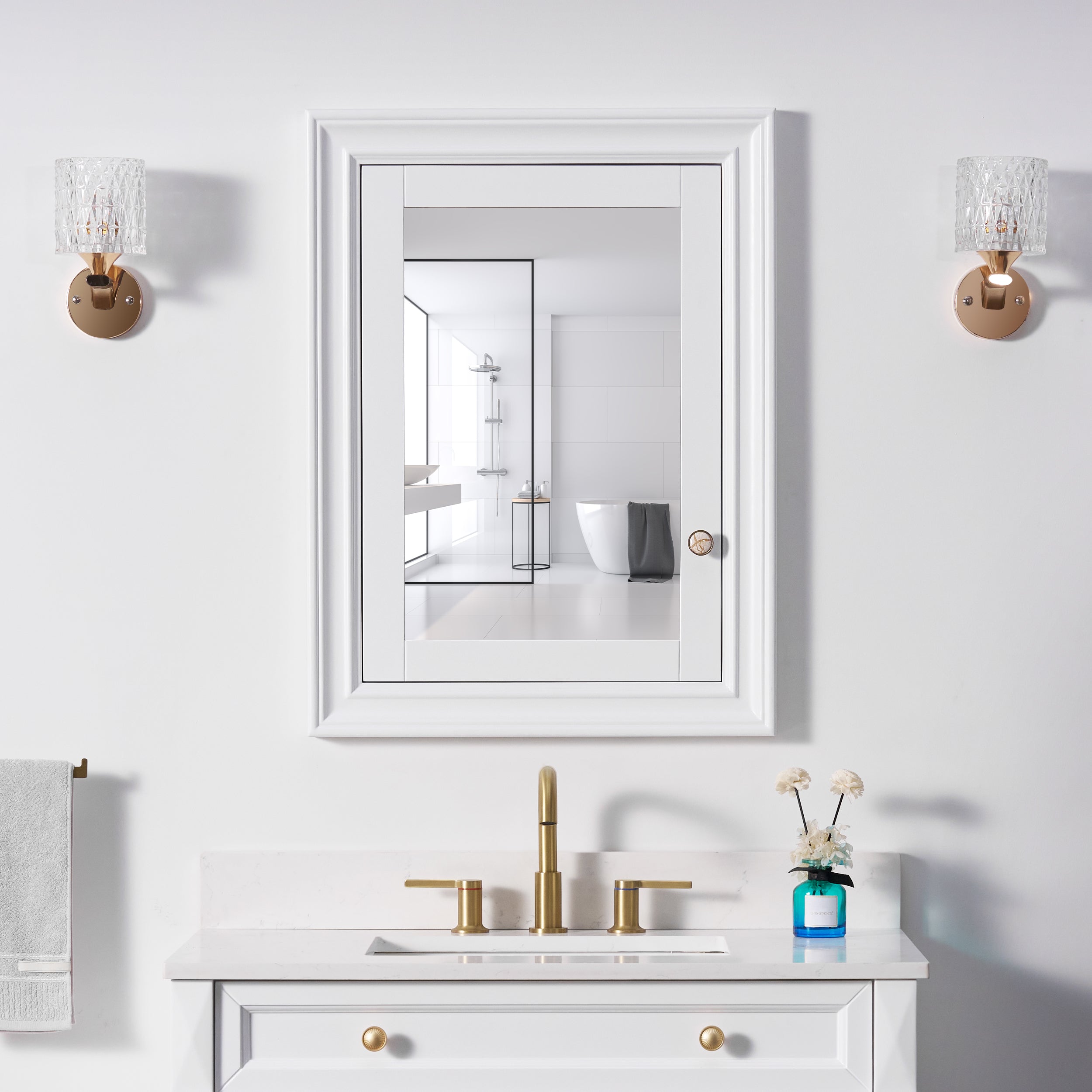
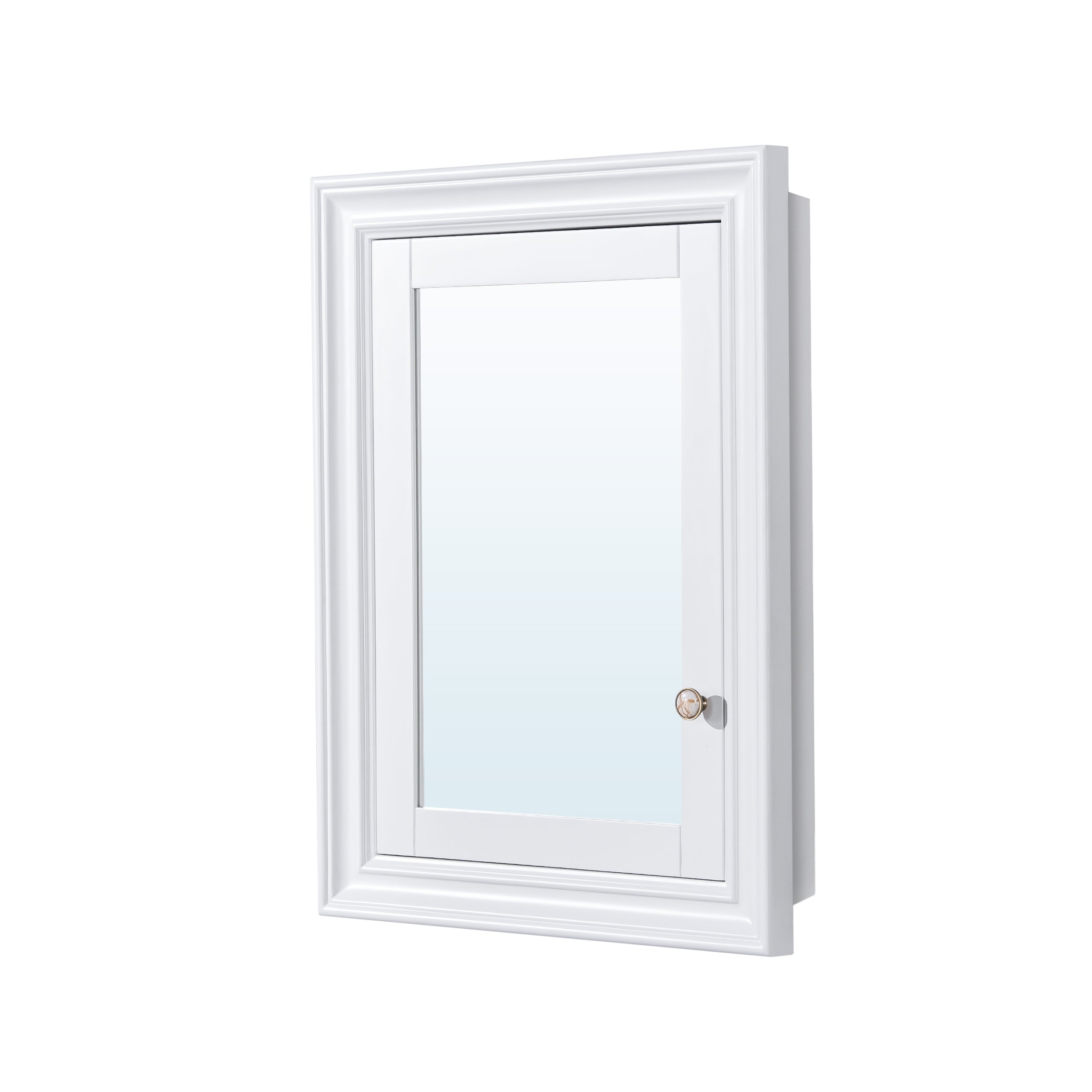
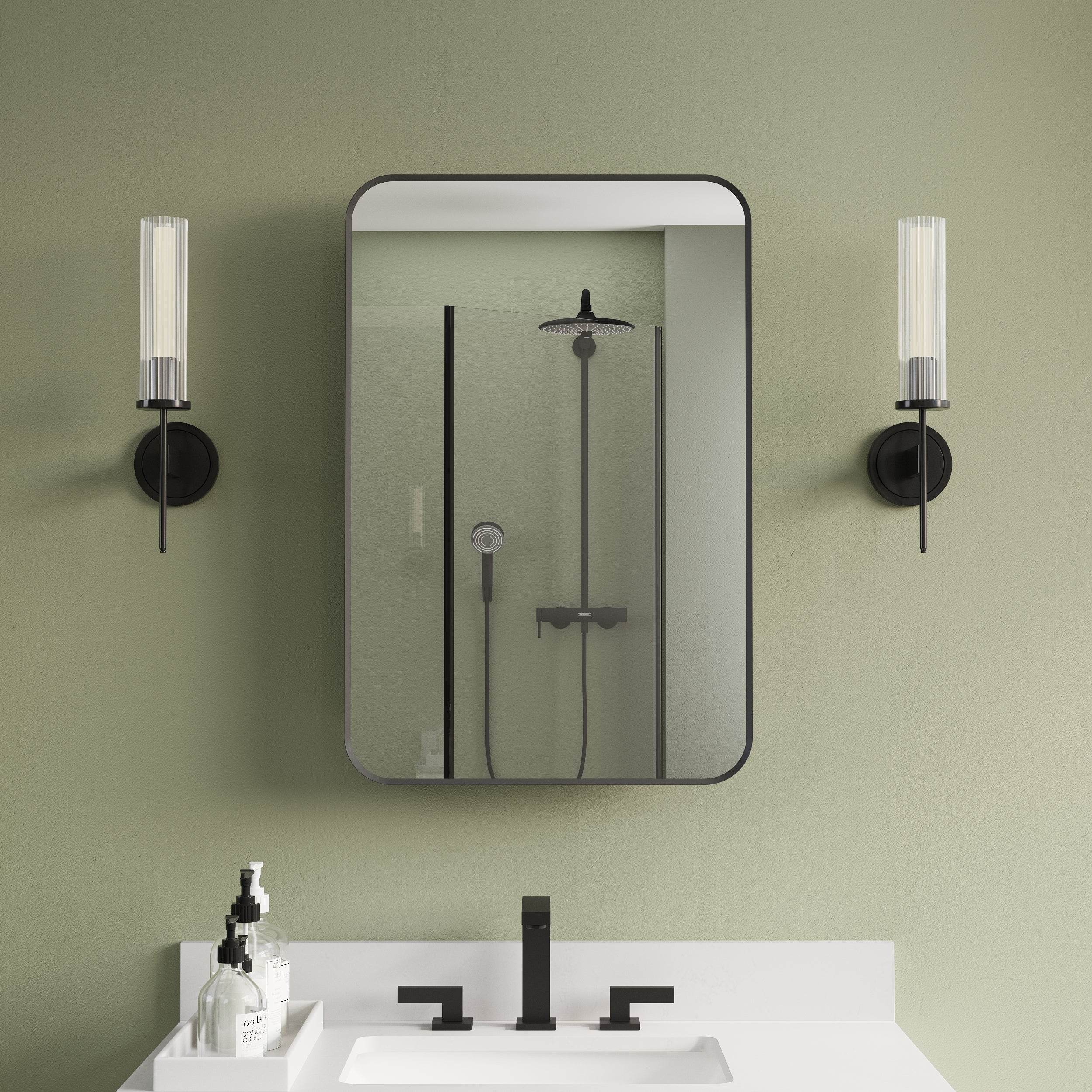

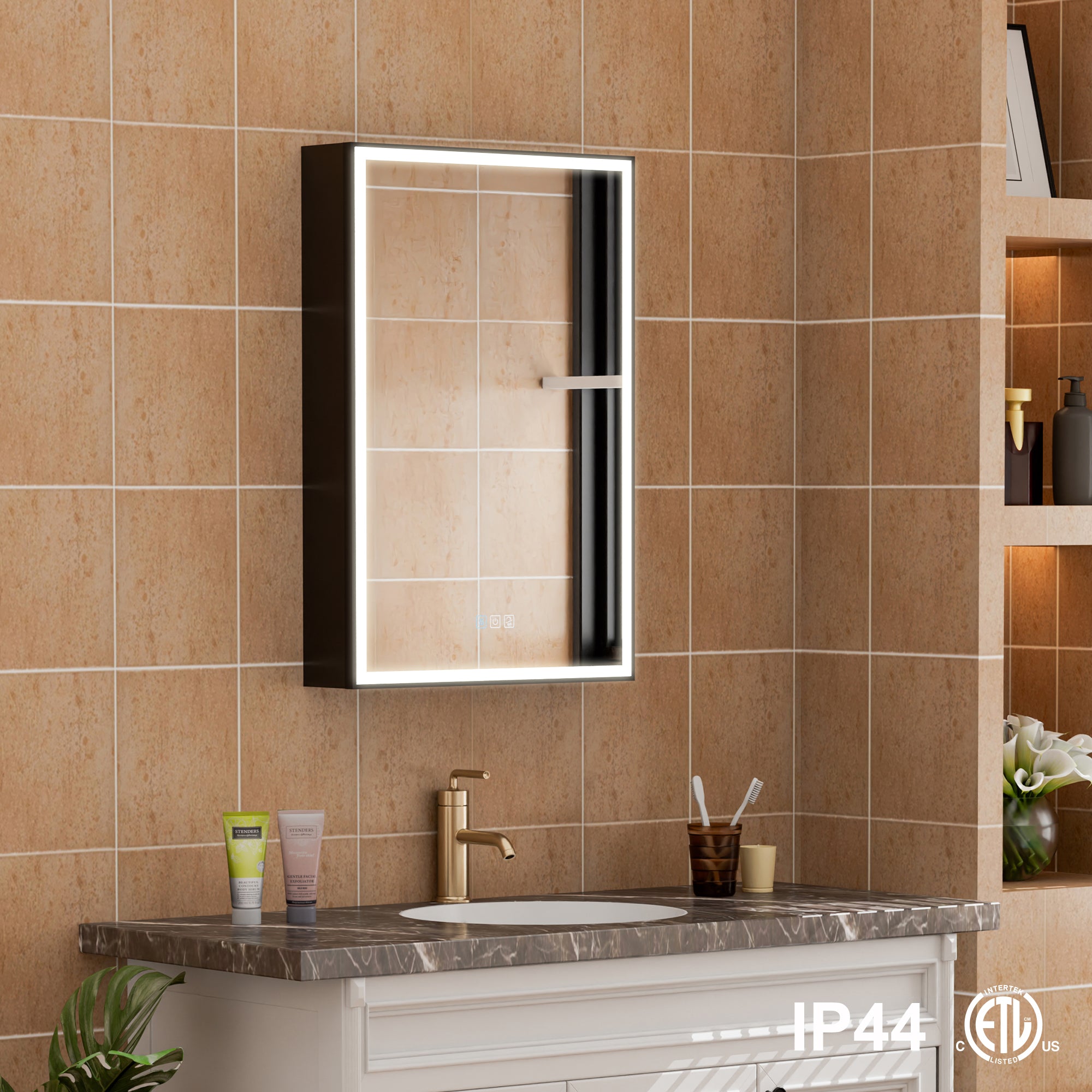
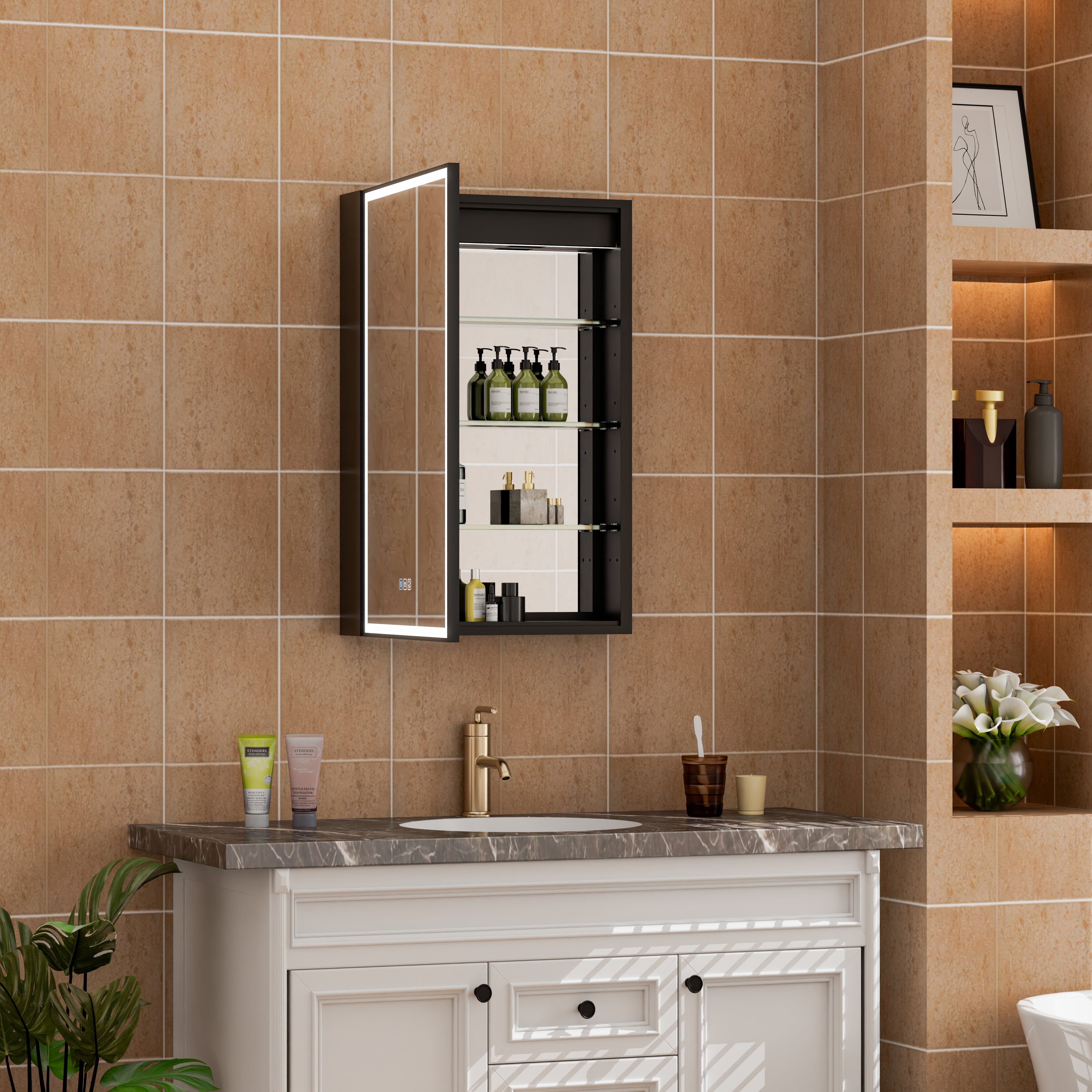
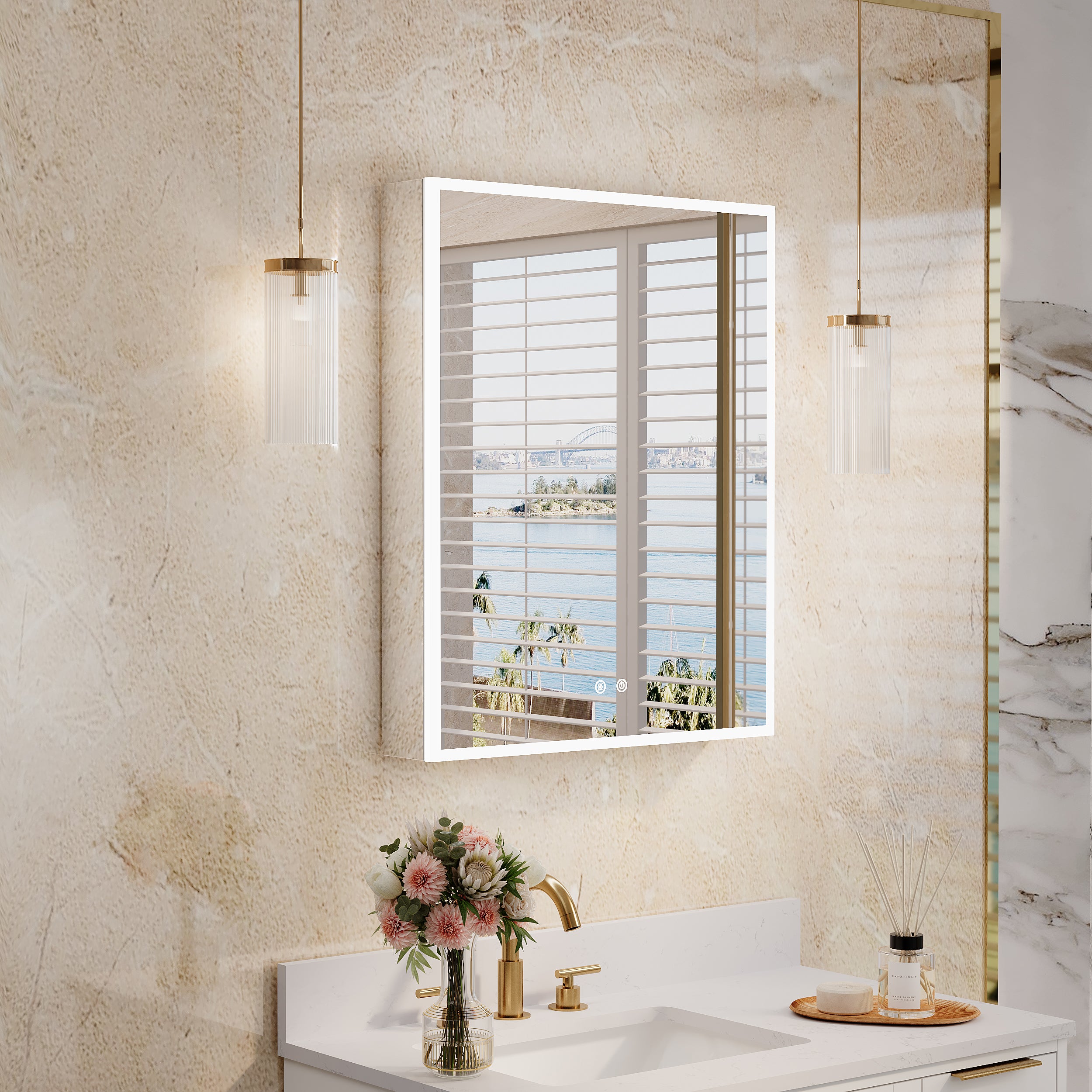
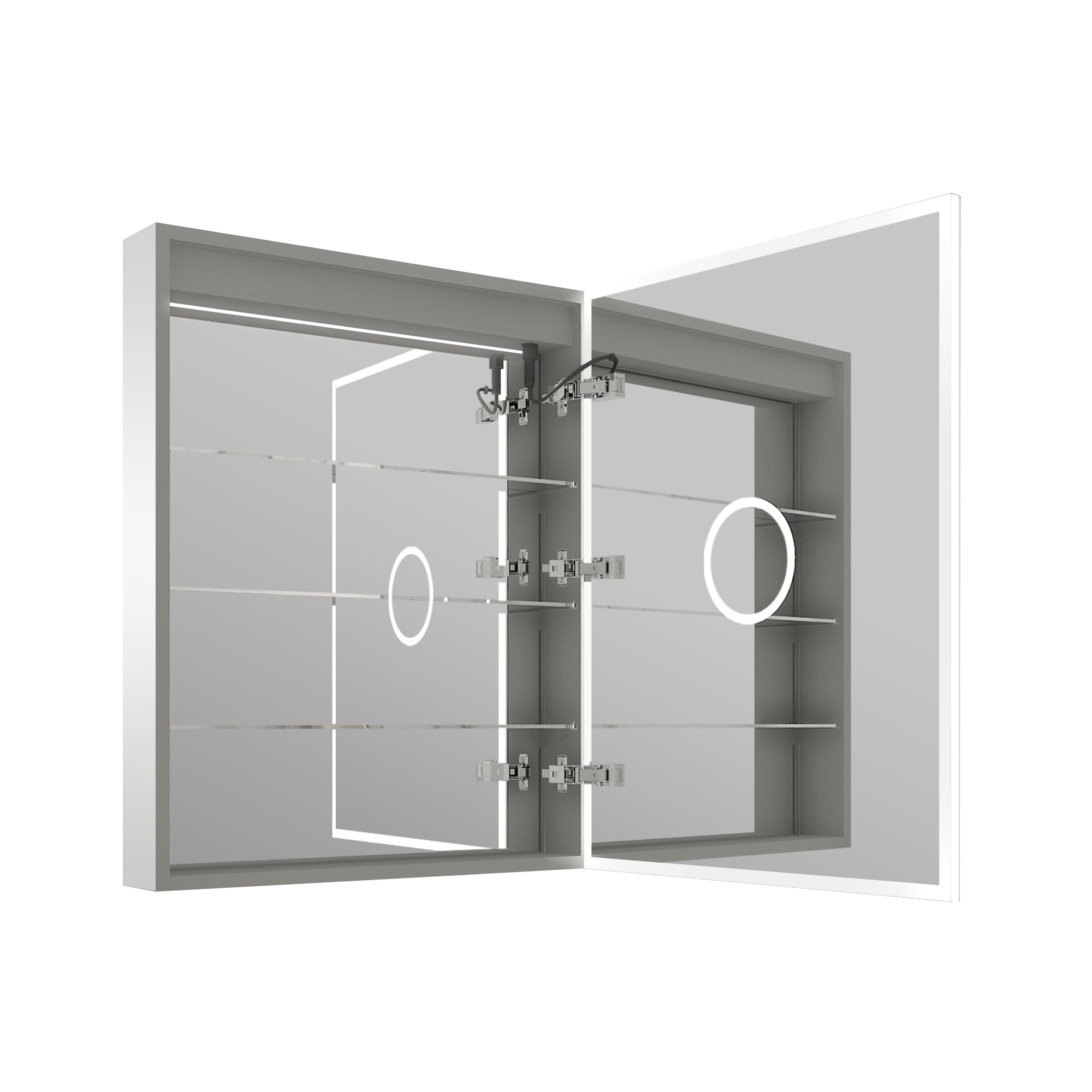
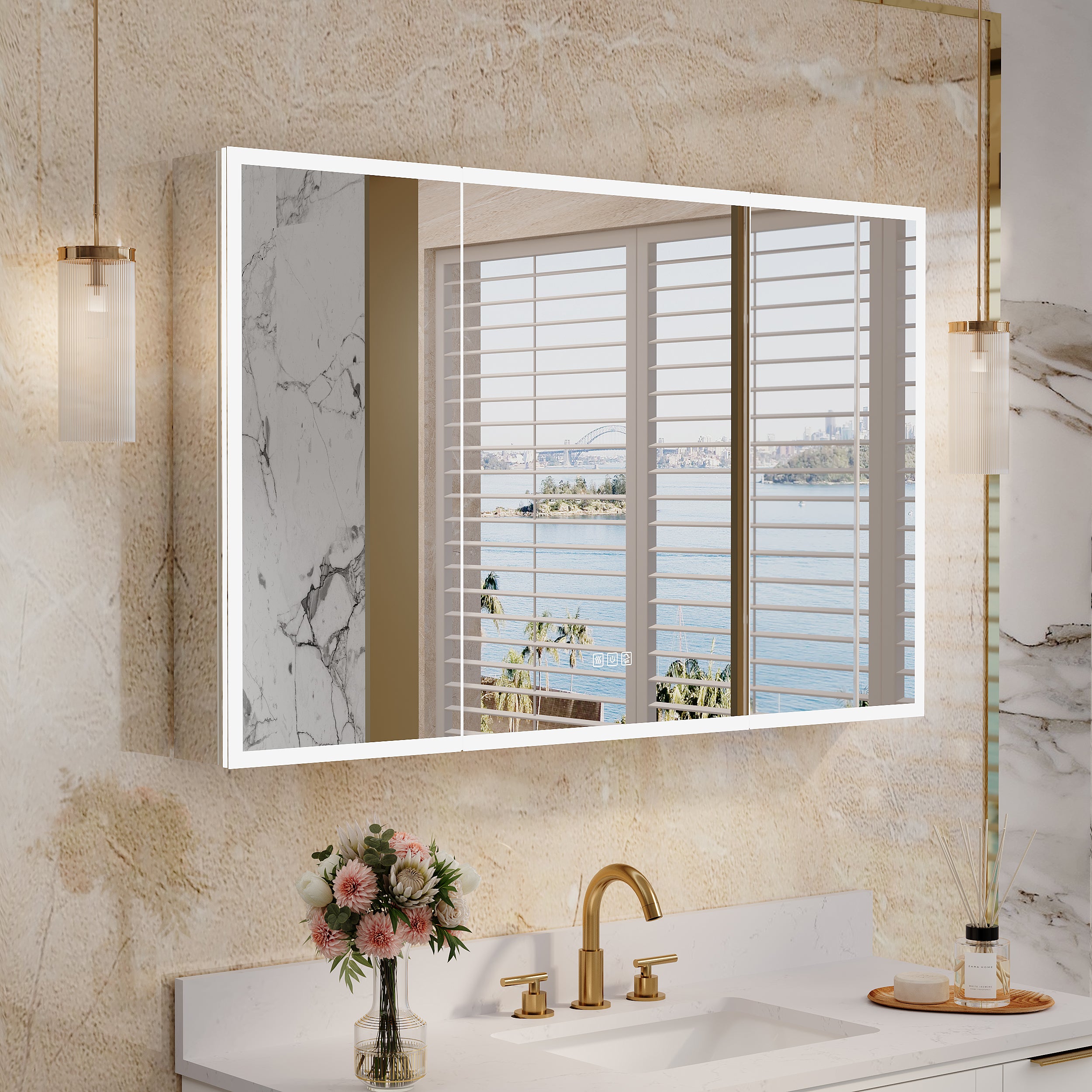

Leave a comment
This site is protected by hCaptcha and the hCaptcha Privacy Policy and Terms of Service apply.